I have a bunch of images that have different exposures and I want to stitch them together:
OpenCV has a Stitcher example but it relies on matching features between the images and they should overlap with each other.
My images are not overlapping BUT they are connected to each other contiguously (as if I partitioned a Panorama into multiple splits) and I want to connect them together and fix their exposures.
How can I do this in OpenCV Python? At the very least the Compensator class needs:
compensator.feed(corners=corners, images=images_warped, masks=masks_warped)
images_warped could just be normal input images and masks_warped could be a 2D array of Ones but I don't know how the corners value should be given manually?
a simple example would suffice, Thanks.
Individual images




